Acceleration of Radiation Analysis Using an Arbitrary High Order Difference Method with Non-uniform Mesh
DOI: 10.23977/jeis.2023.080502 | Downloads: 12 | Views: 1221
Author(s)
Jun Li 1, Qun Zhang 1, Peng Jiang 1, Aote Zhang 1
Affiliation(s)
1 Department of Electromagnetism, INTESIM, Dalian, Liaoning, 116000, China
Corresponding Author
Jun LiABSTRACT
For the analysis of irregular structures, an arbitrary high-order finite difference time-domain local time step based on non-uniform grids is proposed. Comparison with Finite Difference Time Domain, this new method based on non-uniform mesh weak the limit of the time-step size. For the new method allows different grids to interate with different time-step sizes. In order to perform fast and accurate electromagnetic analysis on the responsible problem, it is necessary to use multi-scale grids to segment the target. Using appropriate time steps to solve electromagnetic fields on different grids, achieving accurate and fast analysis of problems. Due to breaking through the limitation of grid size on time step size, the computational workload of the work is reduced. In addition, multi-time steps are implemented by local time step and an arbitrary high order is added to this work to promise the accuracy of computation. This work has great value in practical application engineering.
KEYWORDS
Non-uniform mesh, Finite Difference Time Domain, Local time stepCITE THIS PAPER
Jun Li, Qun Zhang, Peng Jiang, Aote Zhang, Acceleration of Radiation Analysis Using an Arbitrary High Order Difference Method with Non-uniform Mesh. Journal of Electronics and Information Science (2023) Vol. 8: 8-16. DOI: http://dx.doi.org/10.23977/10.23977/jeis.2023.080502.
REFERENCES
[1] Gedney D S, "An anisotropic perfectly matched layer-absorbing medium for the truncation of FDTD lattices," IEEE Transactions on Antennas & Propagation, vol. 44, no. 12, pp. 1630-1639, 2002.
[2] Namiki T, "3-D ADI-FDTD method-unconditionally stable time-domain algorithm for solving full vector Maxwell's equations," IEEE Transactions on Microwave Theory & Techniques, vol.48, no. 10, pp. 1743-1748, 2000.
[3] Jin N, Rahmat-Samii Y, "Parallel particle swarm optimization and finite- difference time-domain (PSO/FDTD) algorithm for multiband and wide-band patch antenna designs," IEEE Transactions on Antennas & Propagation, vol. 53, no. 11, pp. 3459-3468, 2005.
[4] Shi Shouyuan, "Analysis of diffractive optical elements using a nonuniform finite-difference time-domain method," Optical Engineering, vol. 40, no. 4, pp. 503-510, 2001.
[5] Kermani M H, Ramahi O M, "The complementary derivatives method: a second-order accurate interpolation scheme for non-uniform grid in FDTD simulation," IEEE Microwave & Wireless Components Letters, vol. 16, no. 2, pp. 60-62, 2006.
[6] Namiki T, "A new FDTD algorithm based on alternating-direction implicit method," IEEE Transactions on Microwave Theory and Techniques, vol. 47, no. 10, pp. 2003-2007, 1999.
[7] Chen J, Wang J, "A Three-Dimensional HIE-PSTD Scheme for Simulation of Thin Slots," IEEE Transactions on Electromagnetic Compatibility, vol. 55, no. 6, pp. 1239-1249, 2013.
[8] Berenger J.-P, "Perfectly matched layer for the FDTD solution of wave-structure interaction problems," Antennas and Propagation, IEEE Transactions on, 1996.
| Downloads: | 13850 |
|---|---|
| Visits: | 586929 |
Sponsors, Associates, and Links
-
Information Systems and Signal Processing Journal
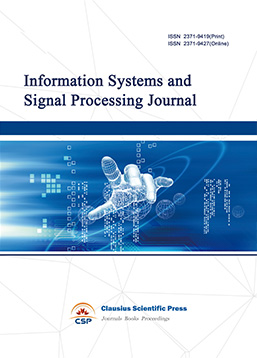
-
Intelligent Robots and Systems
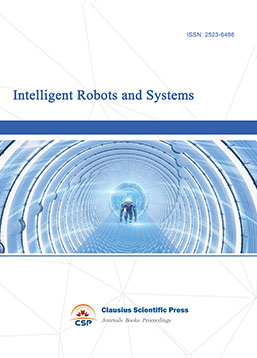
-
Journal of Image, Video and Signals

-
Transactions on Real-Time and Embedded Systems
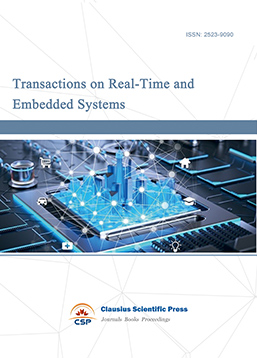
-
Journal of Electromagnetic Interference and Compatibility
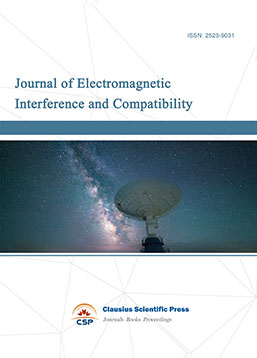
-
Acoustics, Speech and Signal Processing
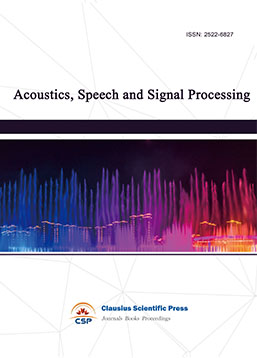
-
Journal of Power Electronics, Machines and Drives
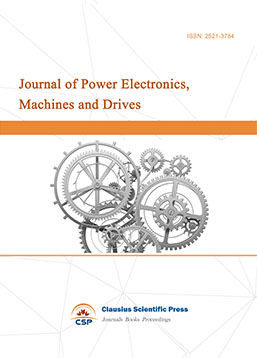
-
Journal of Electro Optics and Lasers
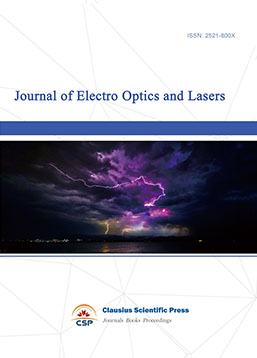
-
Journal of Integrated Circuits Design and Test
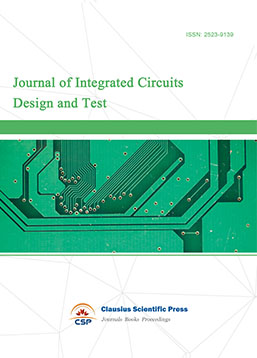
-
Journal of Ultrasonics
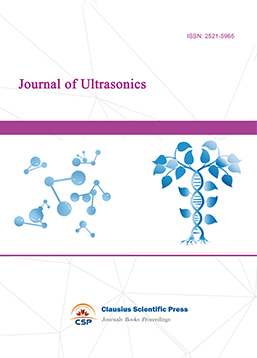
-
Antennas and Propagation
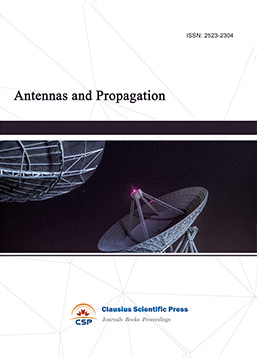
-
Optical Communications
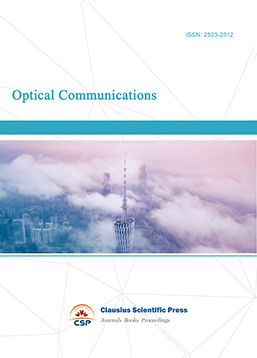
-
Solid-State Circuits and Systems-on-a-Chip
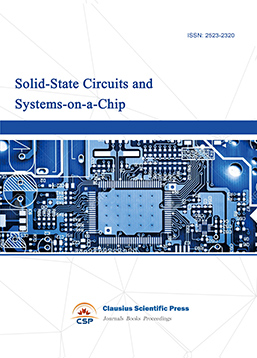
-
Field-Programmable Gate Arrays
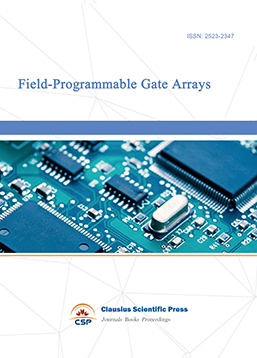
-
Vehicular Electronics and Safety

-
Optical Fiber Sensor and Communication
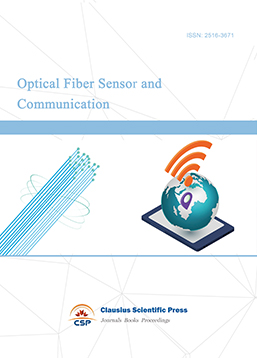
-
Journal of Low Power Electronics and Design
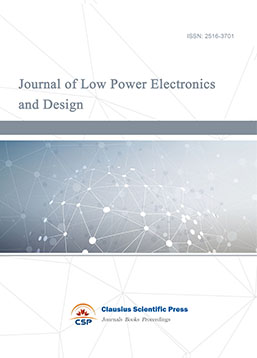
-
Infrared and Millimeter Wave
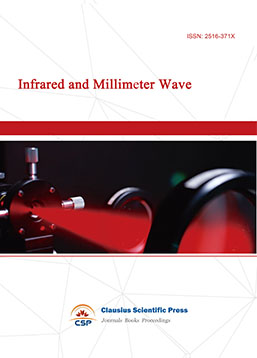
-
Detection Technology and Automation Equipment

-
Journal of Radio and Wireless
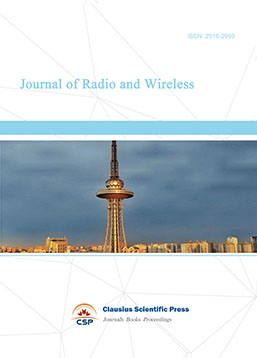
-
Journal of Microwave and Terahertz Engineering
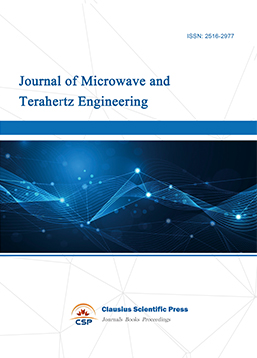
-
Journal of Communication, Control and Computing
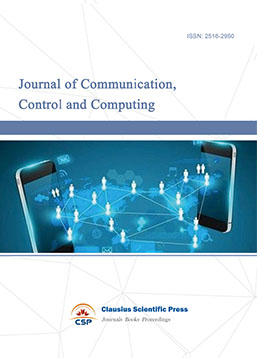
-
International Journal of Surveying and Mapping
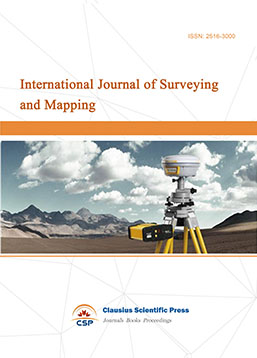
-
Information Retrieval, Systems and Services

-
Journal of Biometrics, Identity and Security
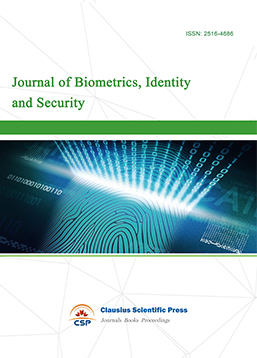
-
Journal of Avionics, Radar and Sonar
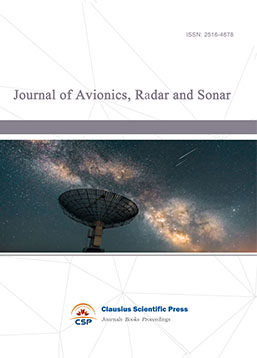

 Download as PDF
Download as PDF